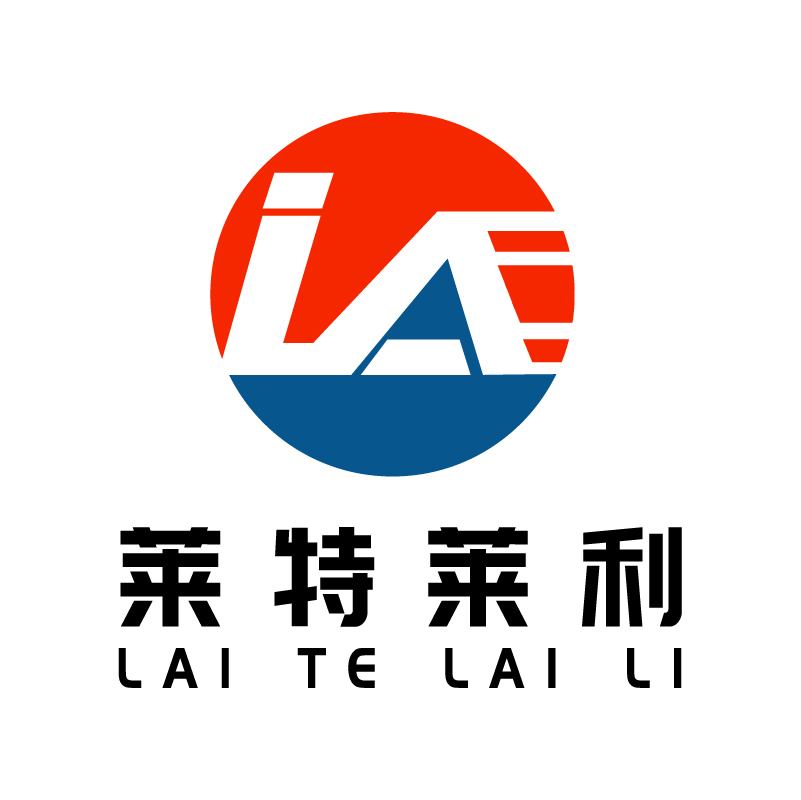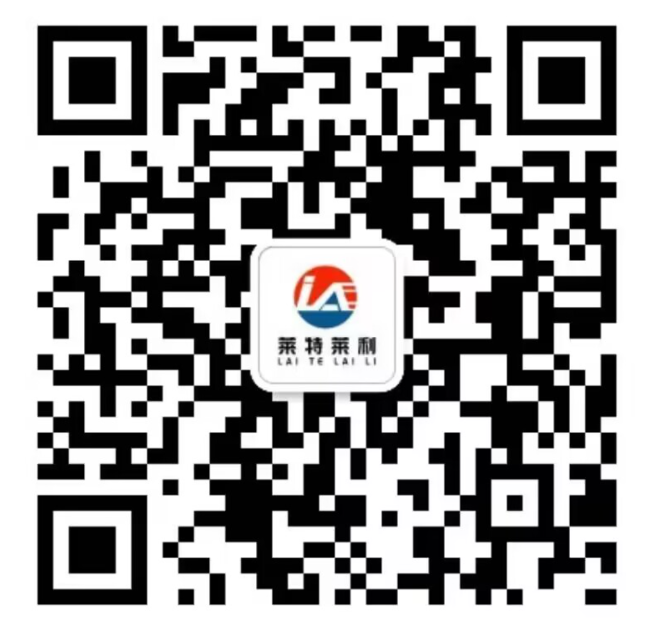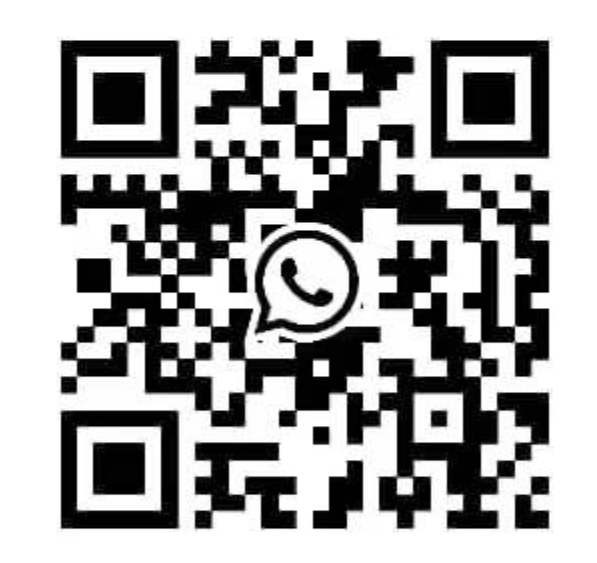What are the quality testing methods and standards for enhanced wax-based carbon strips?
The methods and standards for enhancing the quality of wax-based carbon strips mainly involve many aspects to ensure the performance and reliability of the carbon strips in practical applications. The following is a detailed summary of these methods and criteria:
First, quality testing methods
1, Visual inspection
Objective: To check whether the surface of the carbon belt is flat, whether there are wrinkles, bubbles, impurities and other defects.
Methods: The appearance of the carbon belt was examined visually. If necessary, microscope and other tools could be used to assist observation.
2. Thickness measurement
Purpose: To ensure that the thickness of the carbon belt is within the specified range to ensure the printing effect and durability.
Methods: The thickness of carbon belt was measured by thickness measuring instrument and the data were recorded.
3. Tensile strength test
Objective: To evaluate the strength of carbon strips under tensile forces to reflect their durability.
Methods: The tensile test of carbon strip was carried out by tension tester, and the maximum tensile force before fracture was recorded.
4. Print effect test
Objective: To examine the printing effect of carbon tape, including the clarity, density and edge clarity of the imprint.
Methods: A special printer was used to test the actual printing, and the printing effect was observed by sight and microscope. At the same time, you can also use the contrast printing method, the test sample and the standard sample at the same time to print and compare the effect.
5. Scratch resistance test
Objective: To evaluate the scratch resistance of the carbon strip after printing to ensure the durability of the printed content.
Methods: The carbon strip after printing was tested by scratch tester, and the change of scratch was observed and recorded.
6. Thermal stability test
Objective: To test the stability and printing effect of carbon strip in high temperature environment.
Methods: The carbon belt was placed in the incubator, and its bending, shrinkage and deformation were tested at different temperatures, and the data were recorded.
7. Electrostatic protection test
Objective: To detect the static electricity of the carbon belt during use, so as to avoid printing problems caused by static electricity.
Methods: Static electricity generated by carbon strip was measured by electrostatic tester to evaluate its electrostatic protection performance.
8. Other special tests
According to specific needs, special tests such as chemical resistance testing, water and oil resistance testing may also be carried out to ensure the performance of the carbon strip in a specific environment.
Second, quality testing standards
Quality testing standards for reinforced wax-based carbon strips may vary by country or region, industry standards and specific application scenarios. Here are some possible reference standards:
National standards or industry standards: such as China's BB/T 0061-2013 "wax-based carbon belt for Packaging Identification", etc., these standards specify the terms and definitions of carbon belts, requirements, test methods, inspection rules and marking, packaging, transportation and storage.
International standards: Relevant standards published by international standards organizations such as ISO, which may have wider applicability worldwide.
Enterprise standards: Some manufacturers will also develop enterprise standards according to their own product characteristics and market demand to guide production and quality control.
It should be noted that specific quality testing methods and standards should be selected and applied according to actual needs and relevant regulations. At the same time, in order to ensure the quality of the carbon belt, the production enterprise should be tested and controlled in strict accordance with the relevant standards to ensure the performance and reliability of the product.



